Report this entry
More from the same community-collection
Photography by Jasmin Campoya
There is nothing more pleasing and rewarding than witnessing the ...
Photography by Jasmin Campoya
There is nothing more pleasing and rewarding than witnessing the ...
Photography by Jeanette Nevarez
There is nothing more pleasing and rewarding than witnessing the ...
Photography by Jeanette Nevarez
There is nothing more pleasing and rewarding than witnessing the ...
Photography by Jesús Arturo Díaz Saldivar
There is nothing more pleasing and rewarding than witnessing the ...
Photography by Jesús Arturo Díaz Saldivar
There is nothing more pleasing and rewarding than witnessing the ...
Photography by Jesús Bernardo Sainz González
There is nothing more pleasing and rewarding than witnessing the ...
Photography by Jesús Bernardo Sainz González
There is nothing more pleasing and rewarding than witnessing the ...
Photography by Joan Castañeda
There is nothing more pleasing and rewarding than witnessing the ...
Photography by Jorge Armando Cuevas Hernández
There is nothing more pleasing and rewarding than witnessing the ...
Photography by Jorge Armando Cuevas Hernández
There is nothing more pleasing and rewarding than witnessing the ...
Photography by Jorge Arreola Barraza
There is nothing more pleasing and rewarding than witnessing the ...
Photography by Jorge Arreola Barraza
There is nothing more pleasing and rewarding than witnessing the ...
Photography by José Antonio Hernández Zamora
There is nothing more pleasing and rewarding than witnessing the ...
Photography by José Antonio Hernández Zamora
There is nothing more pleasing and rewarding than witnessing the ...
Photography by Jose Carlos Aldama
There is nothing more pleasing and rewarding than witnessing the ...
Photography by Jose D. Sarinana
There is nothing more pleasing and rewarding than witnessing the ...
Photography by Jose D. Sarinana
There is nothing more pleasing and rewarding than witnessing the ...
Photography by Jose Luis Moriel Ruiz
There is nothing more pleasing and rewarding than witnessing the ...
Photography by Jose Luis Moriel Ruiz
There is nothing more pleasing and rewarding than witnessing the ...
Photography by Jose Luis Moriel Ruiz
There is nothing more pleasing and rewarding than witnessing the ...
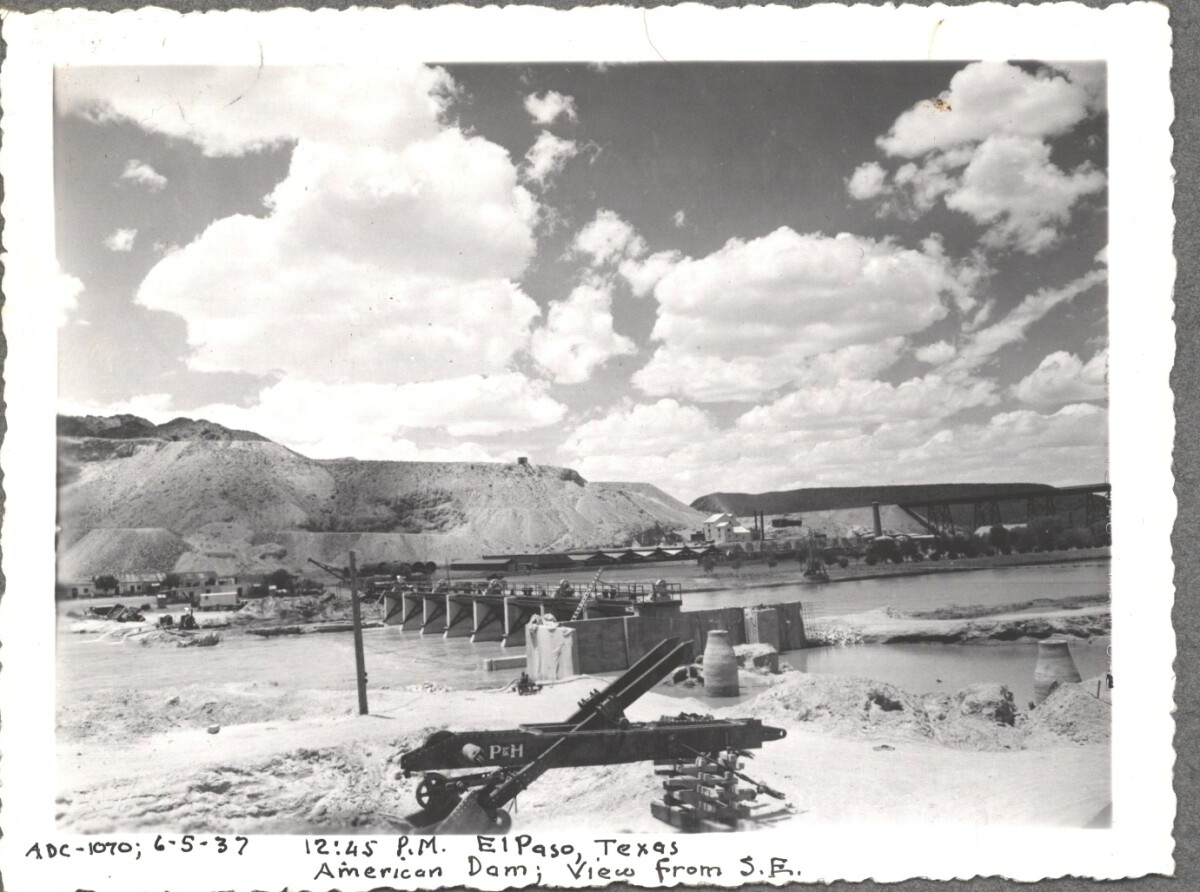
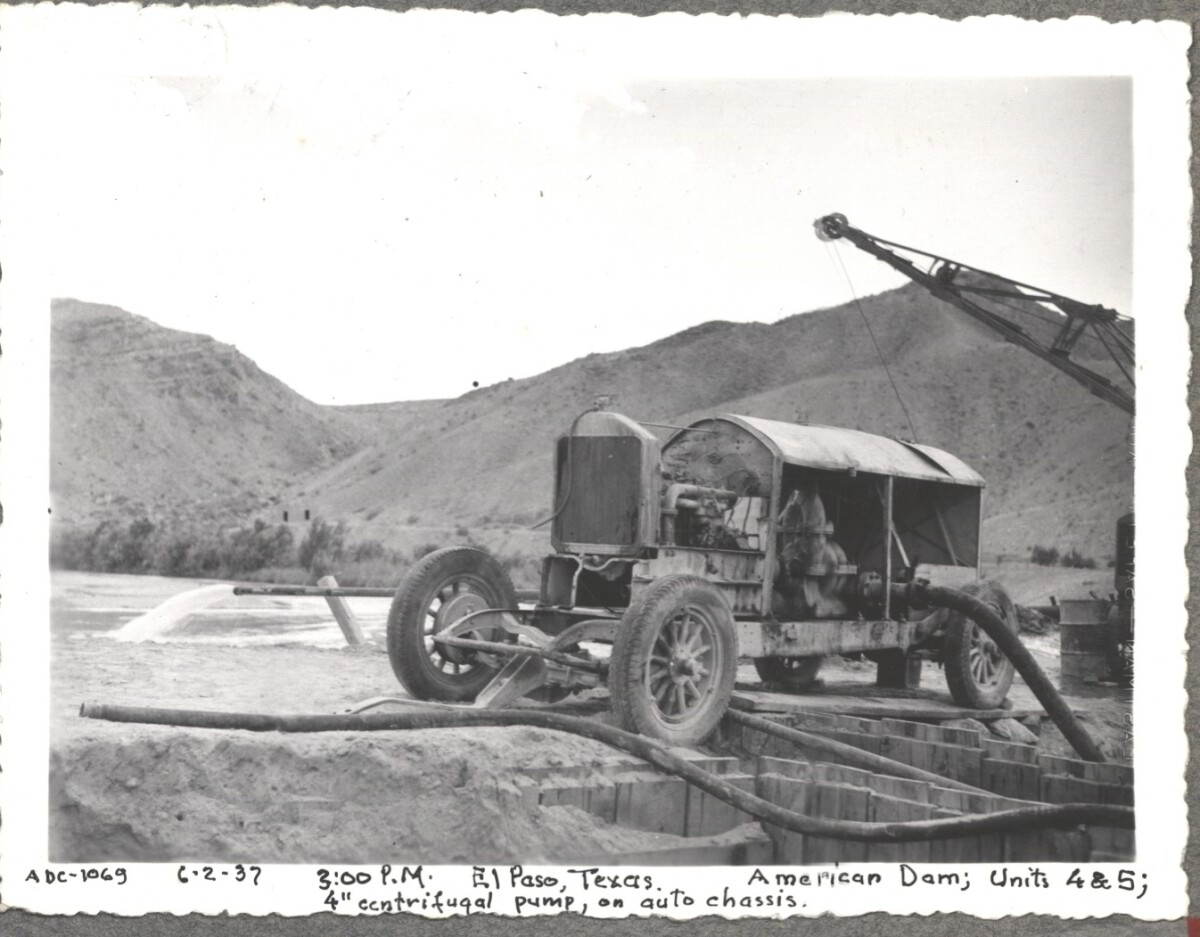
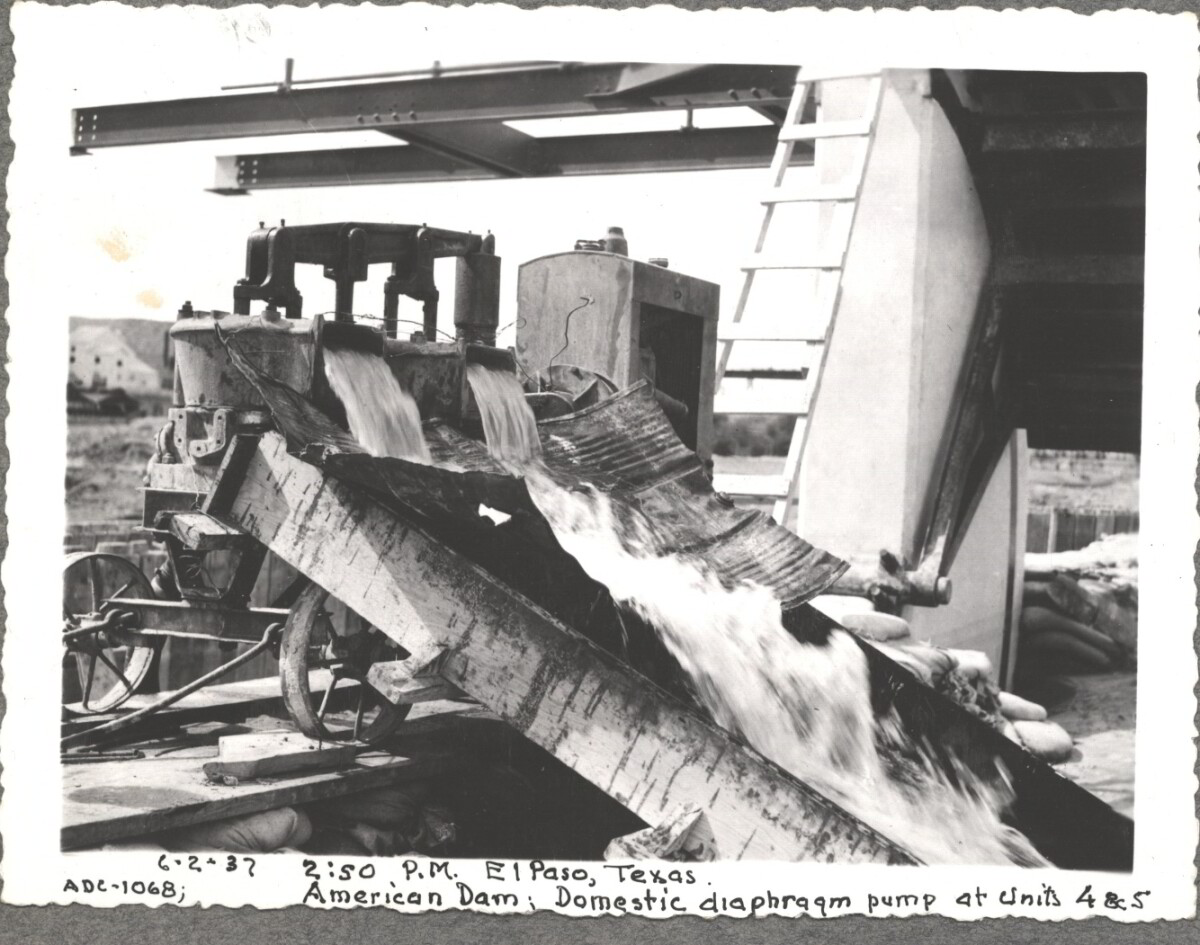
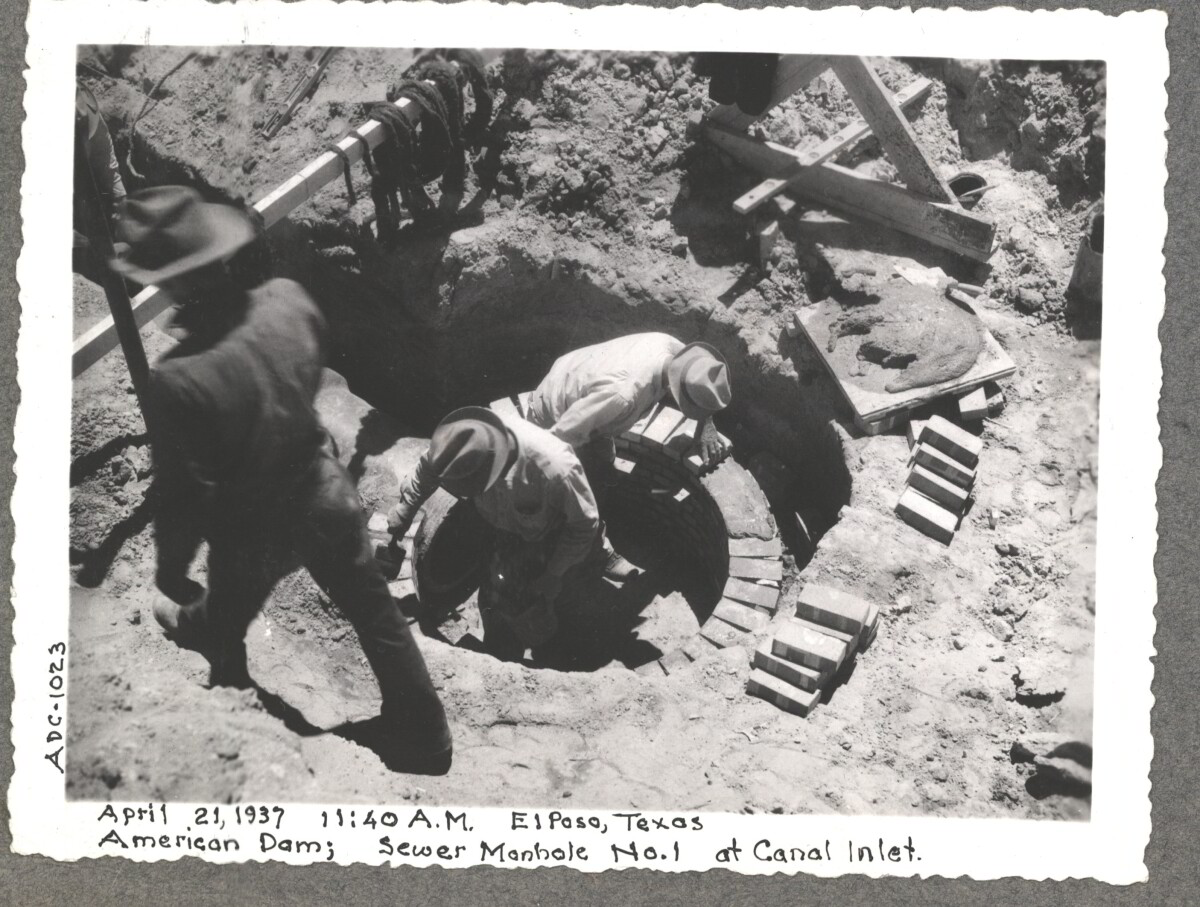
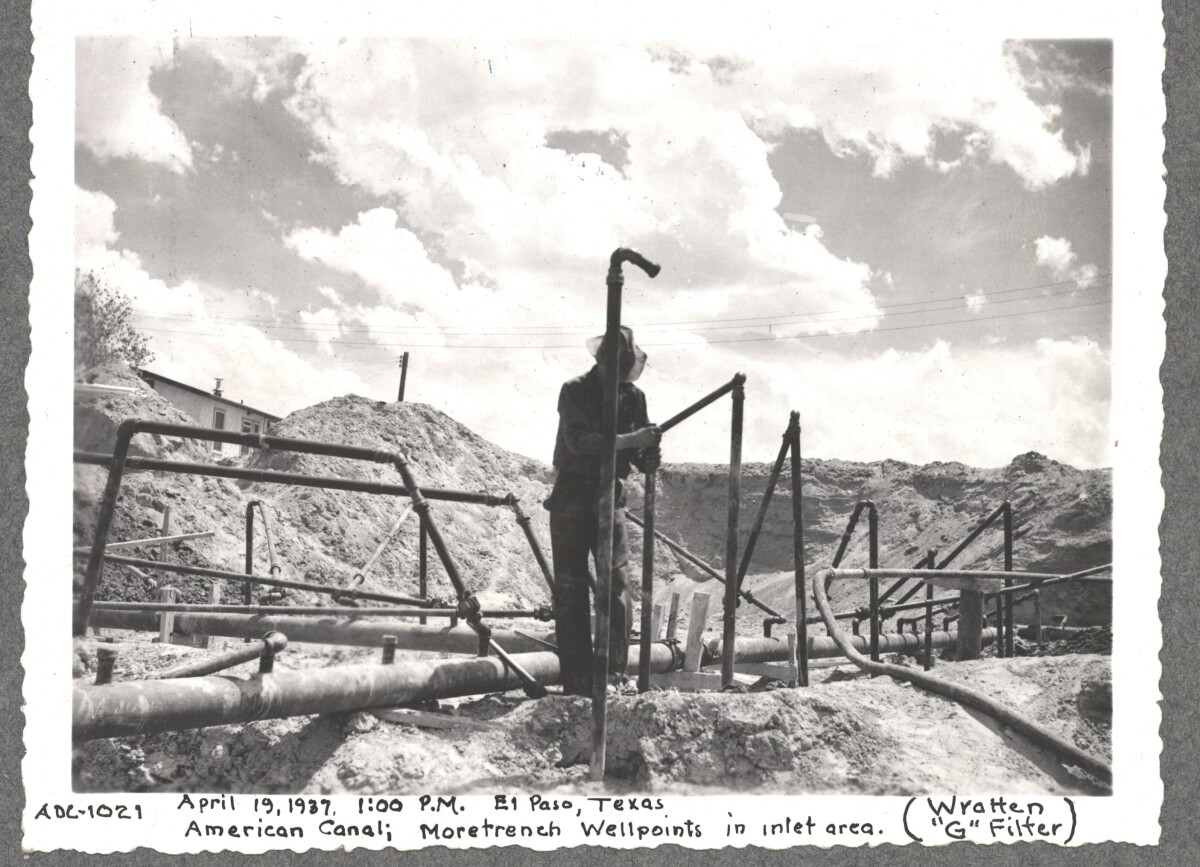
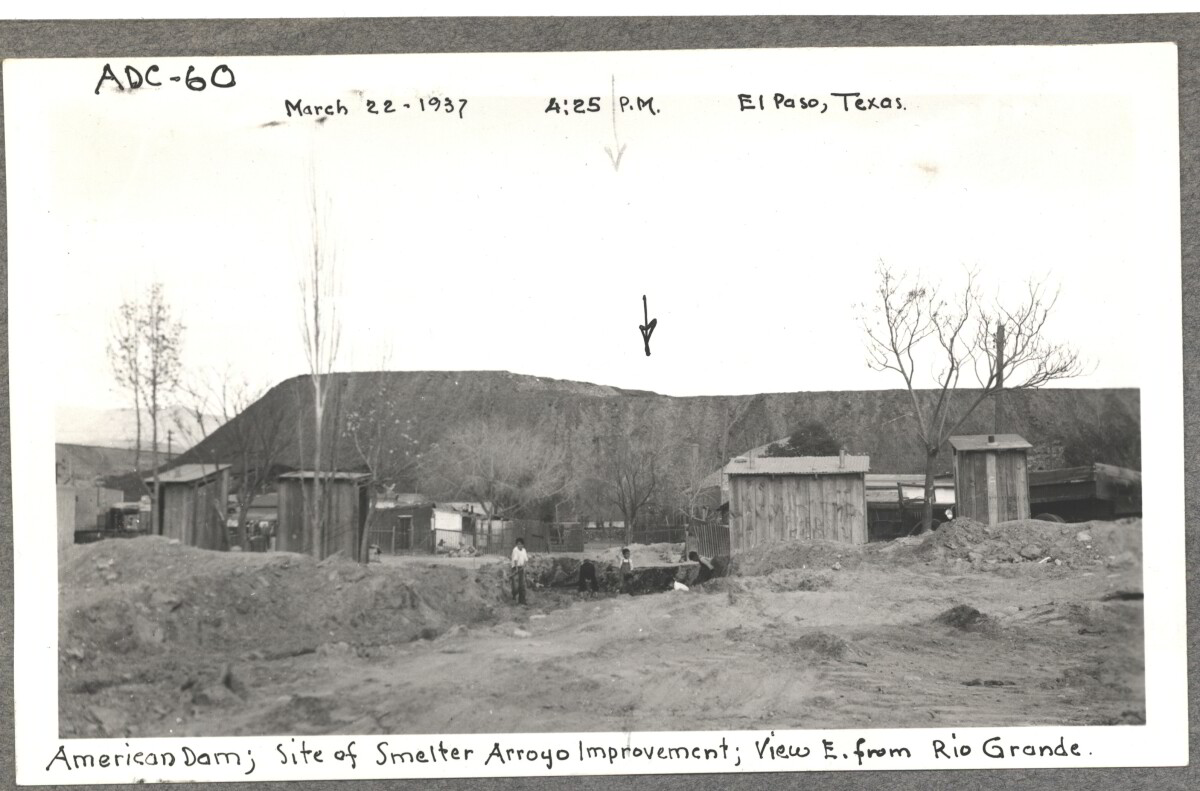
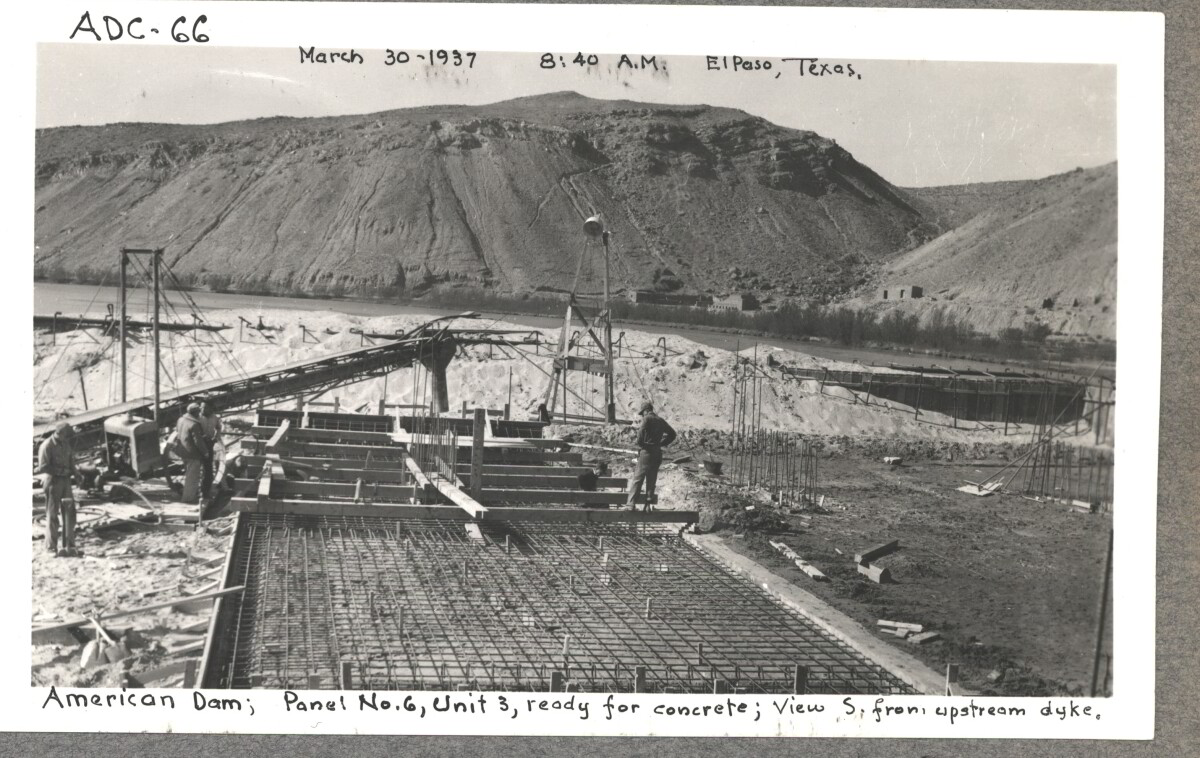
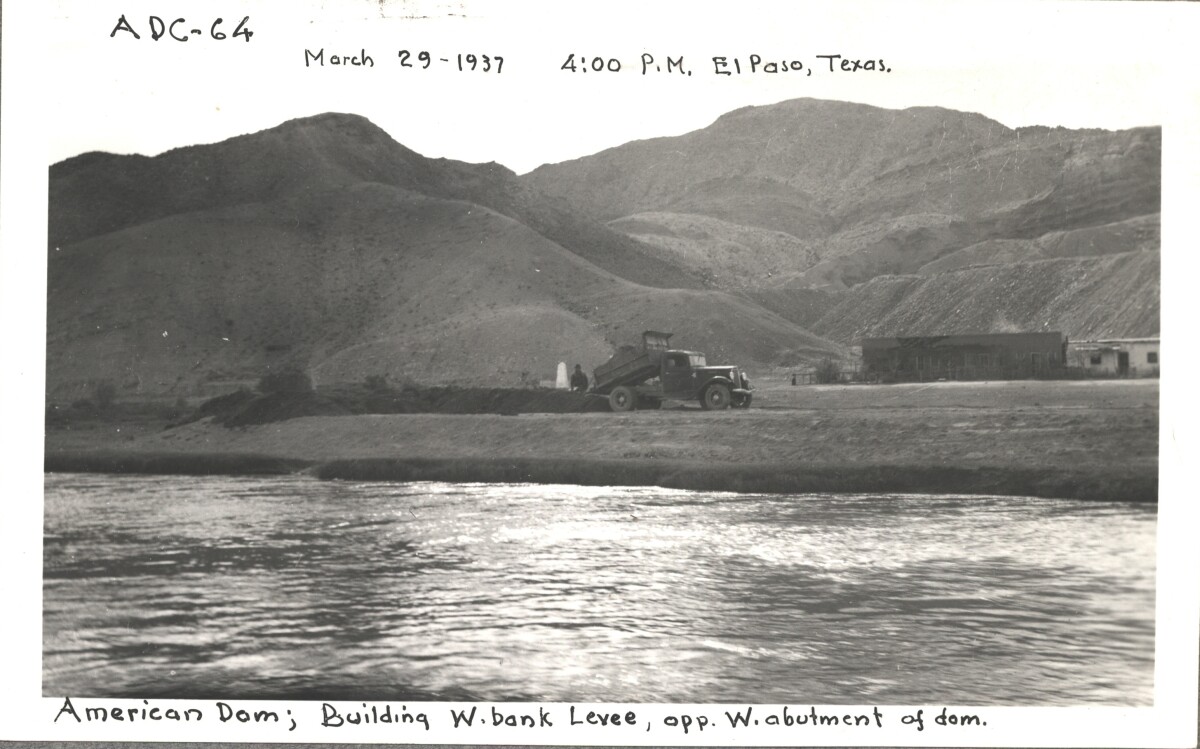
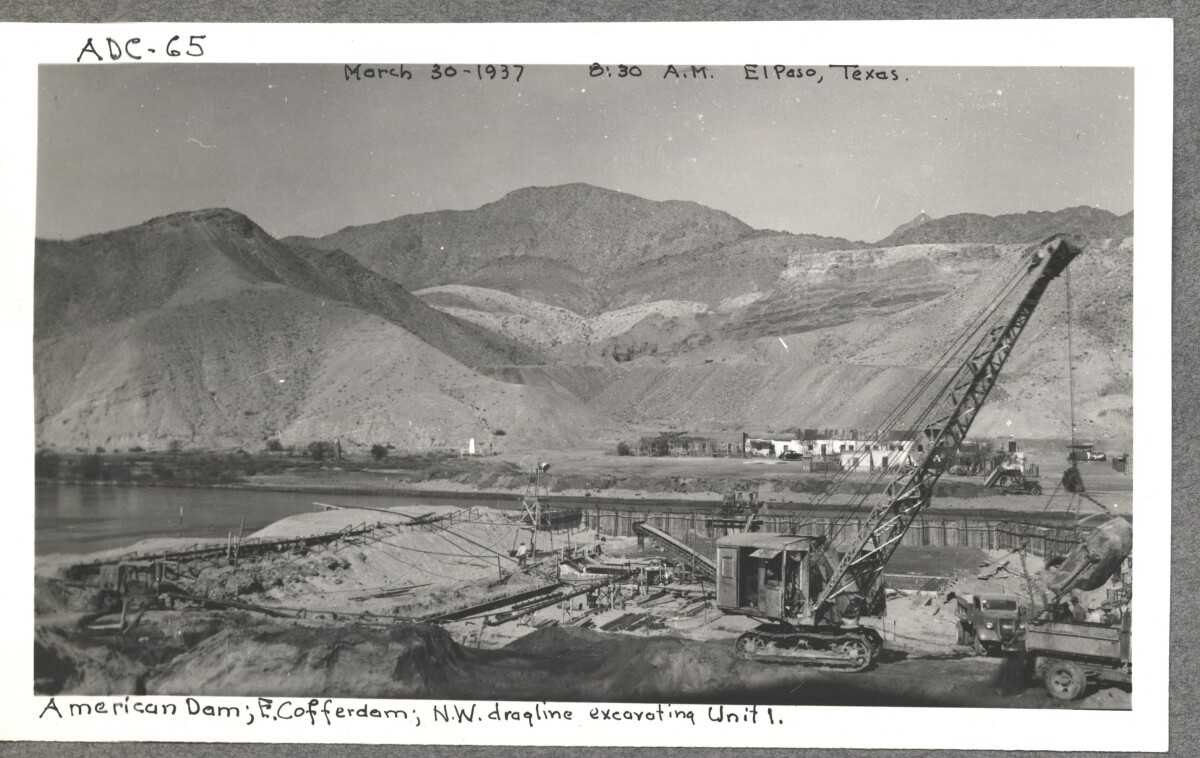
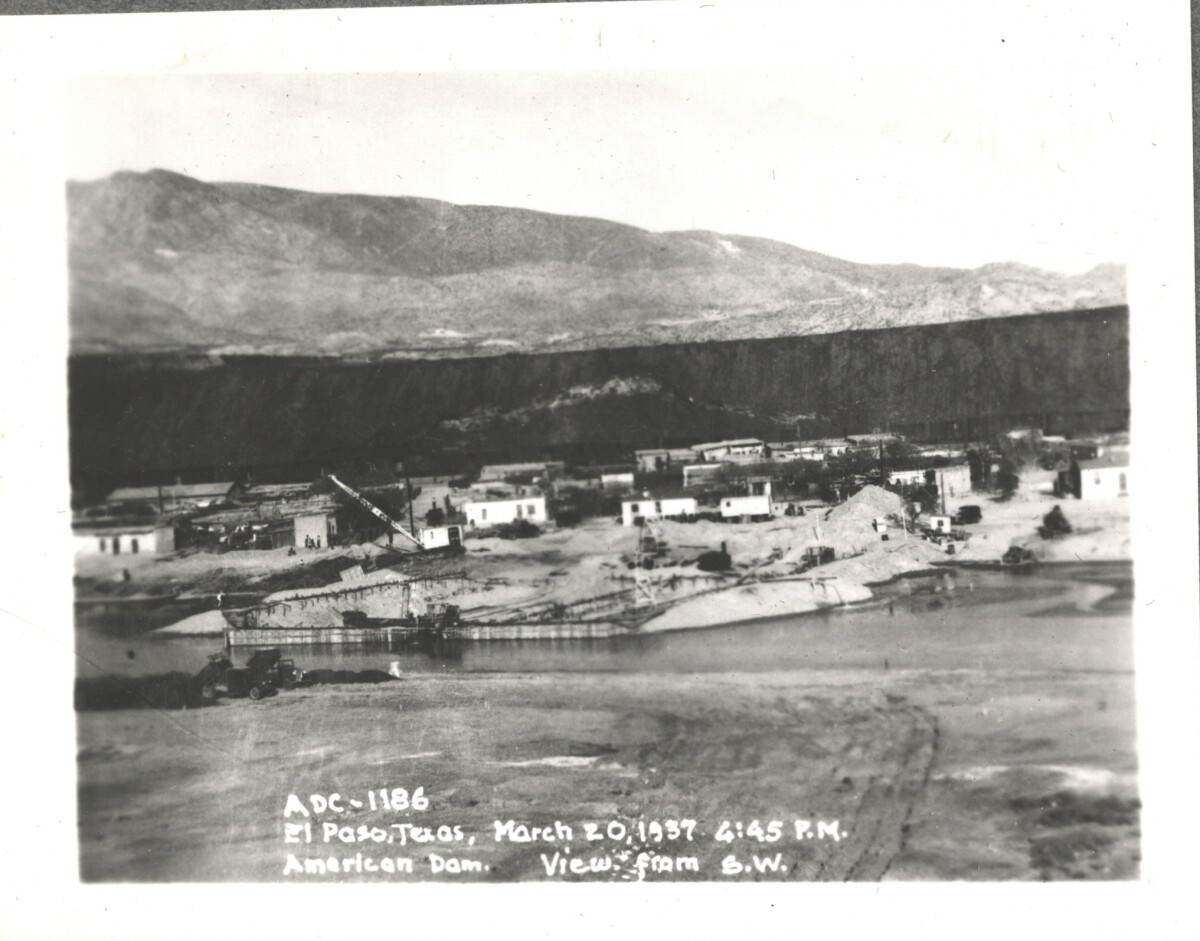
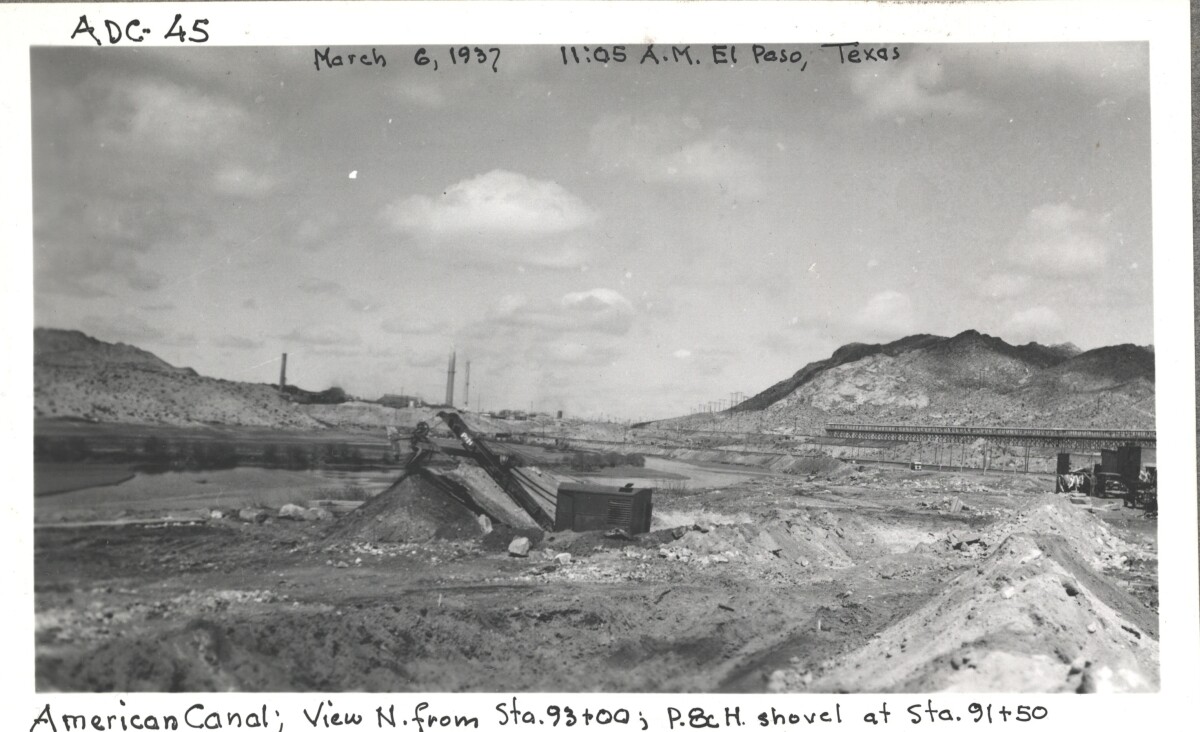
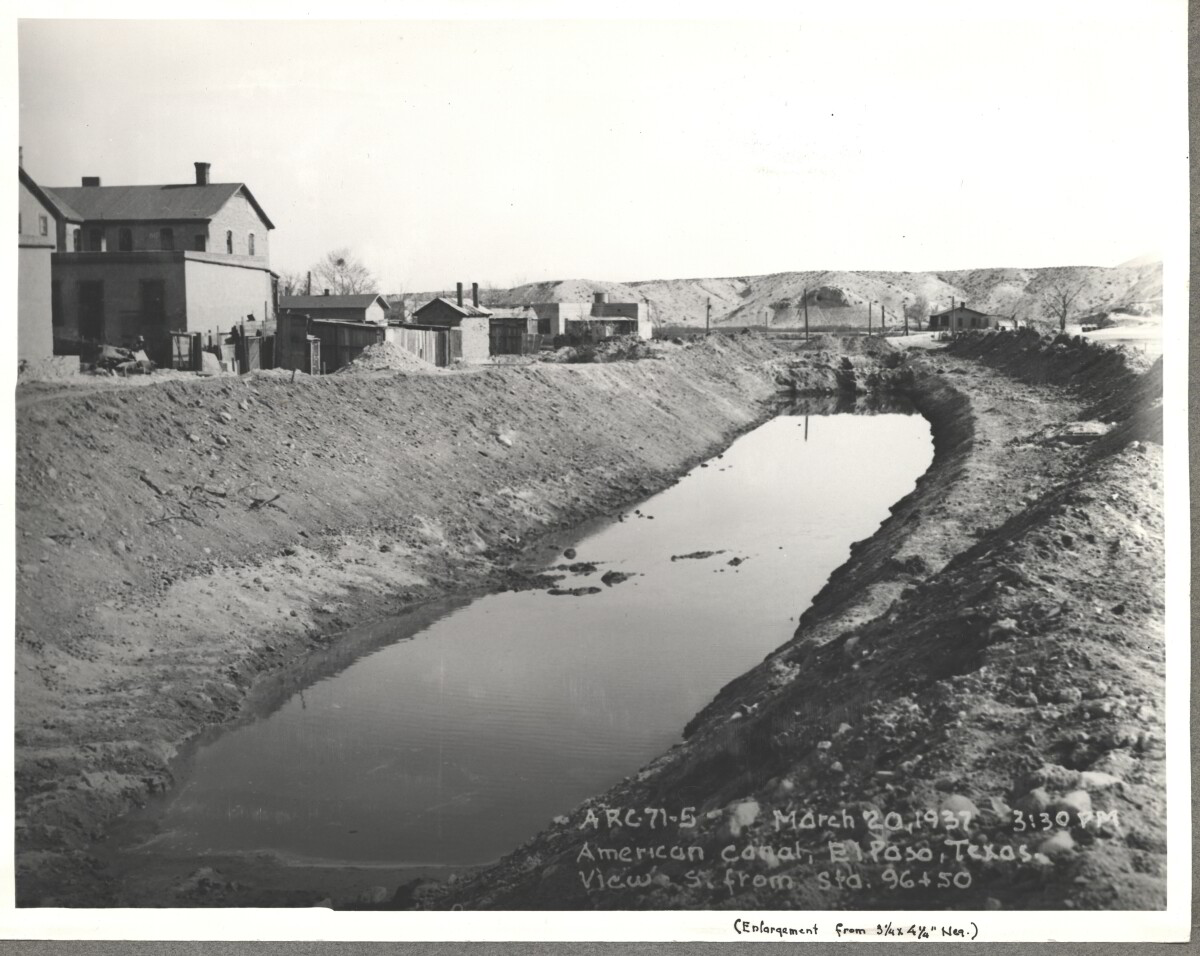
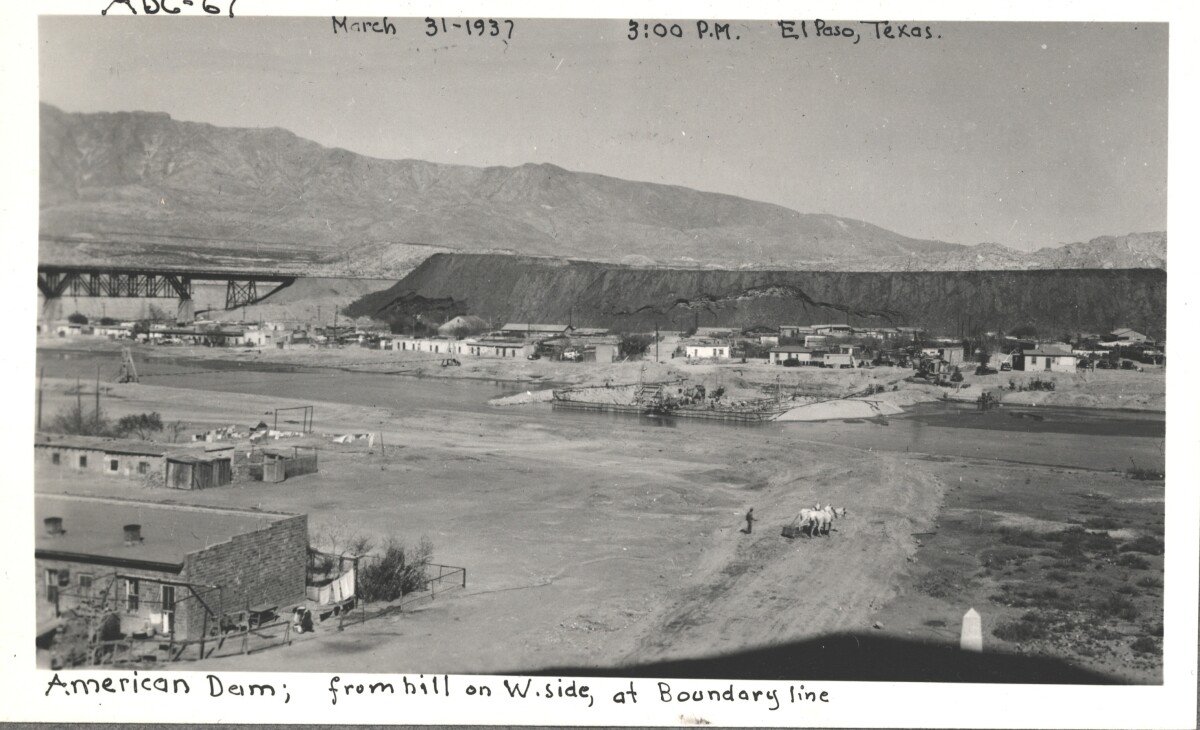
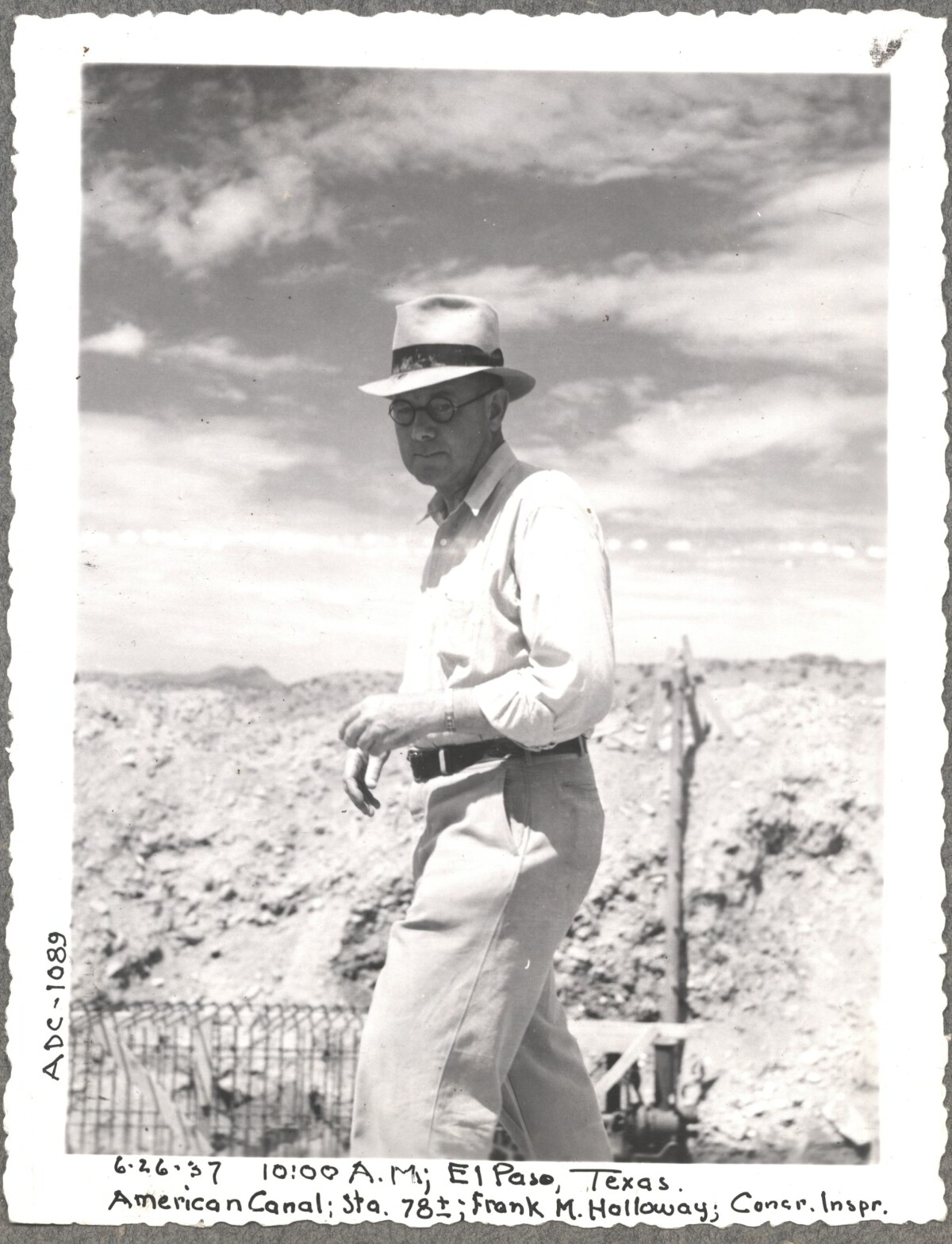
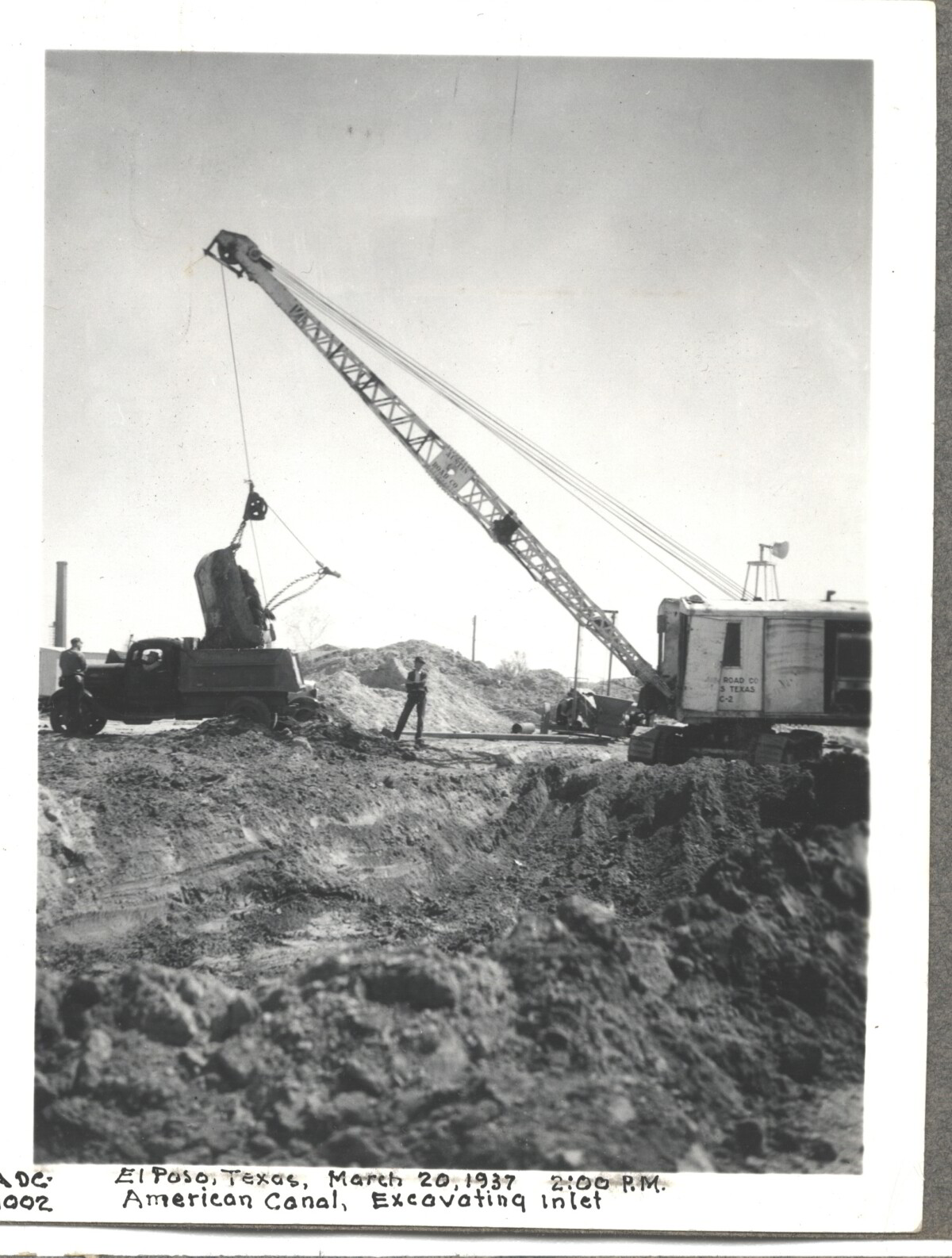
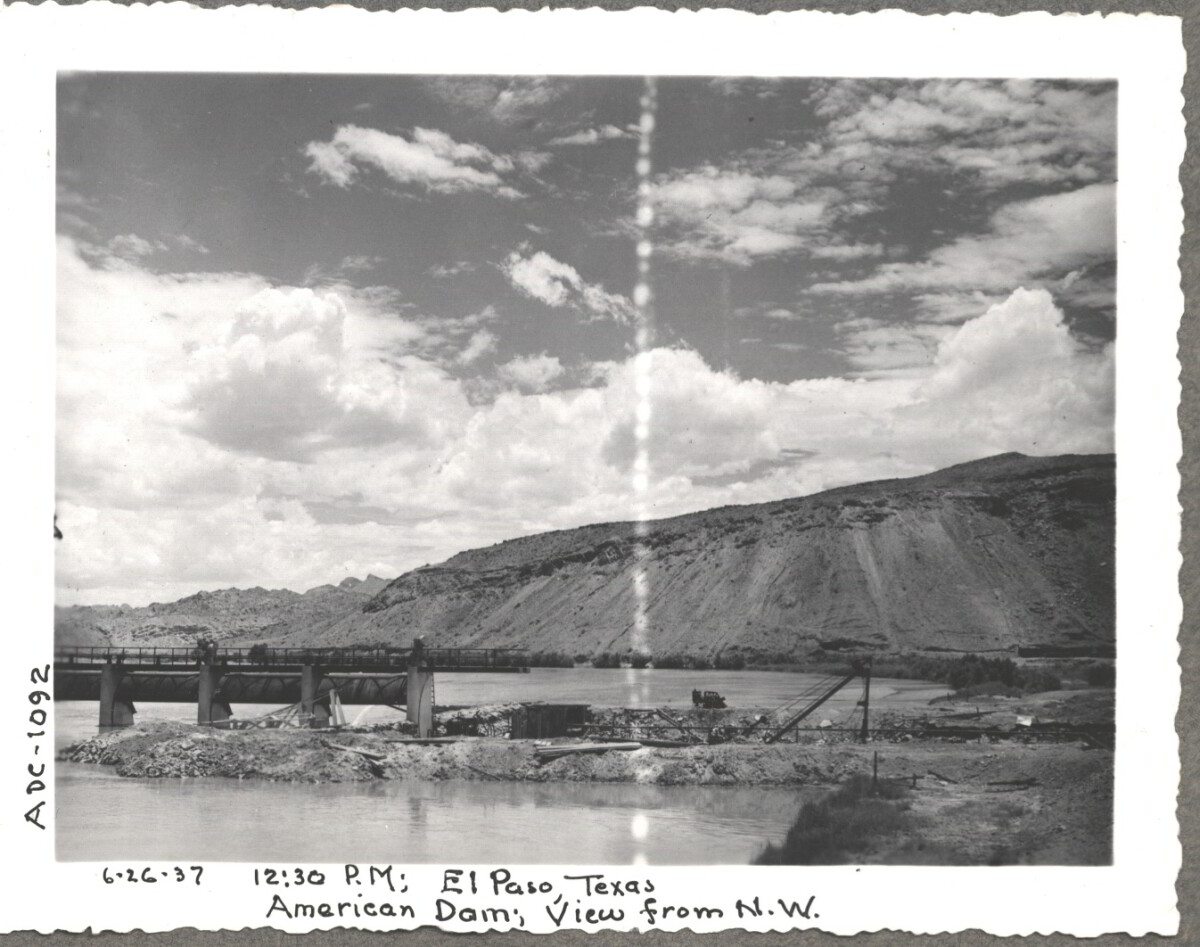
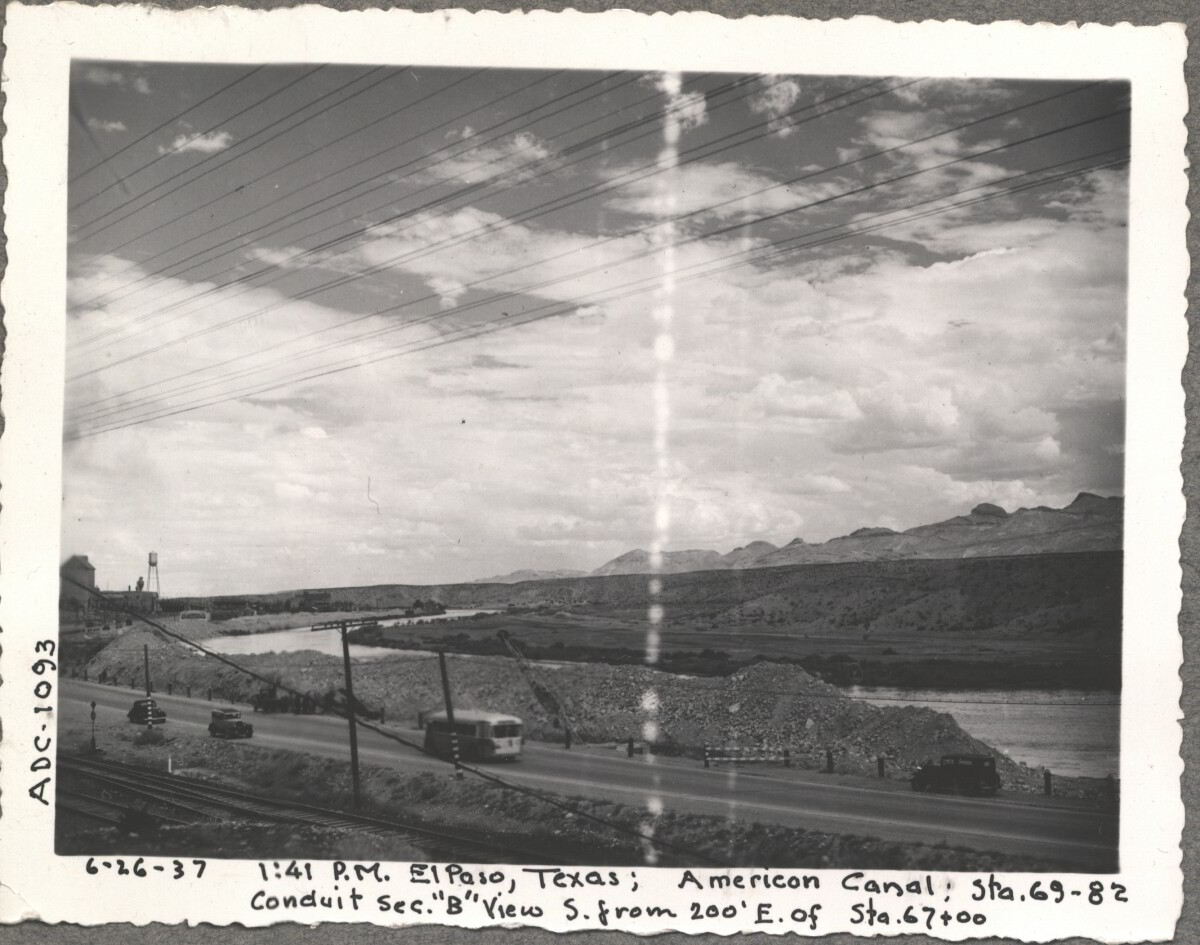
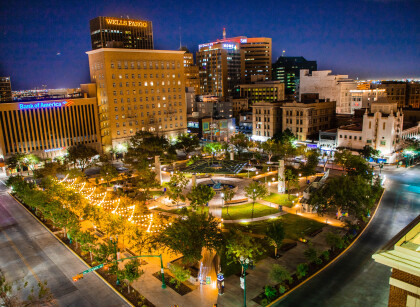
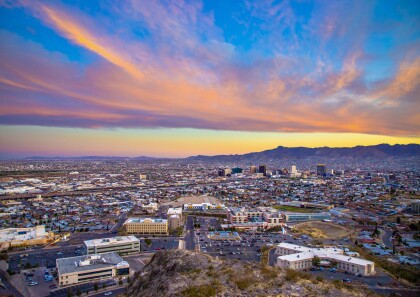
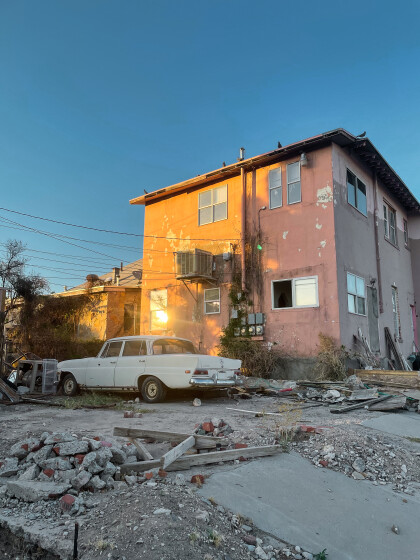
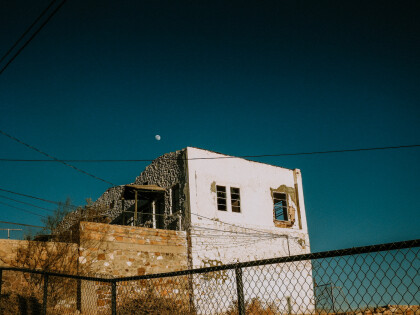

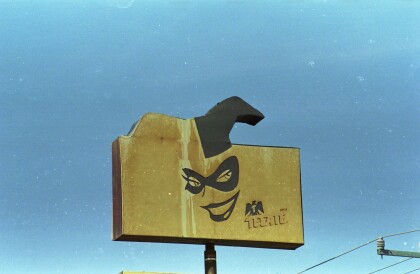
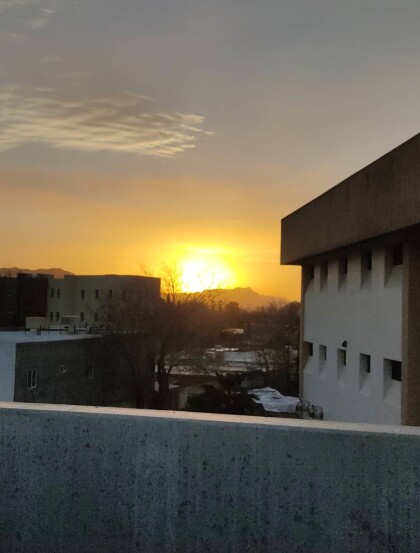
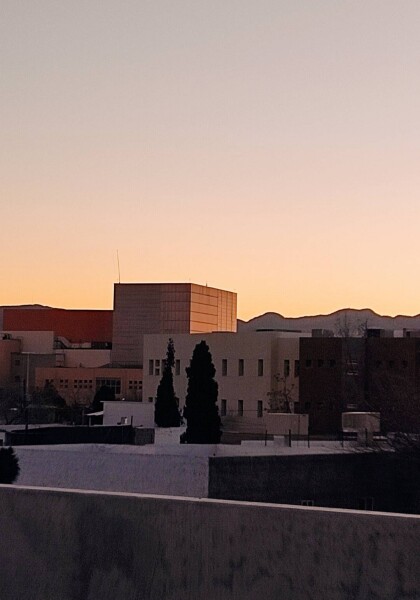

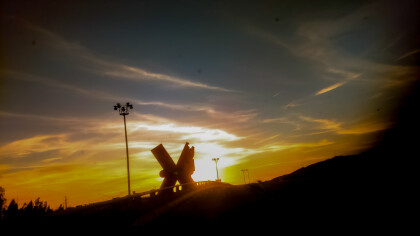
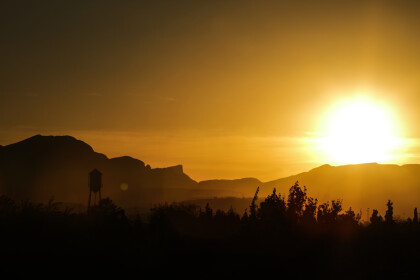
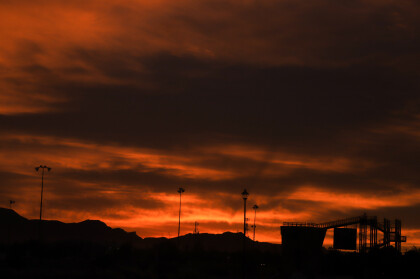
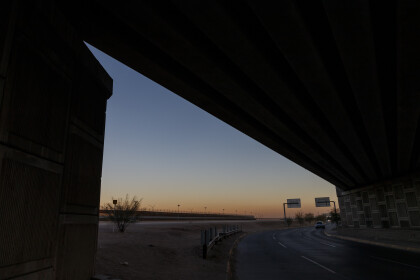
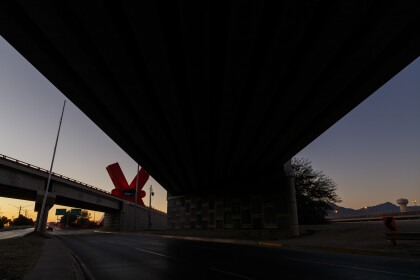
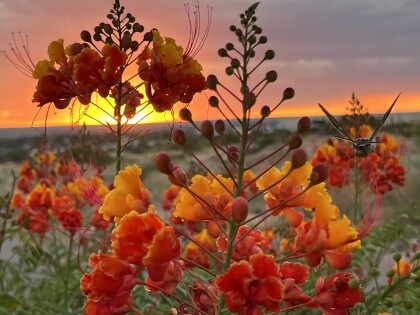
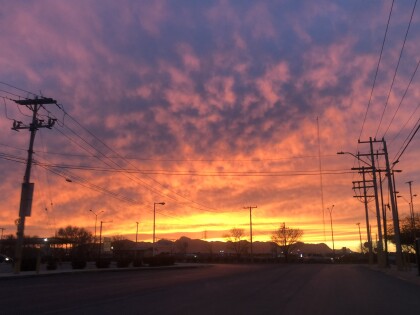
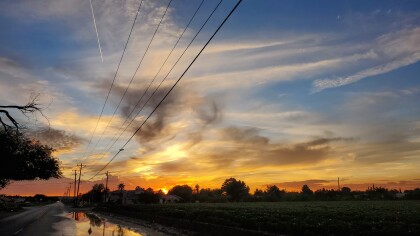


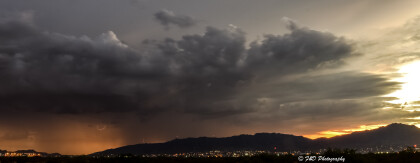



Comments
Add a comment